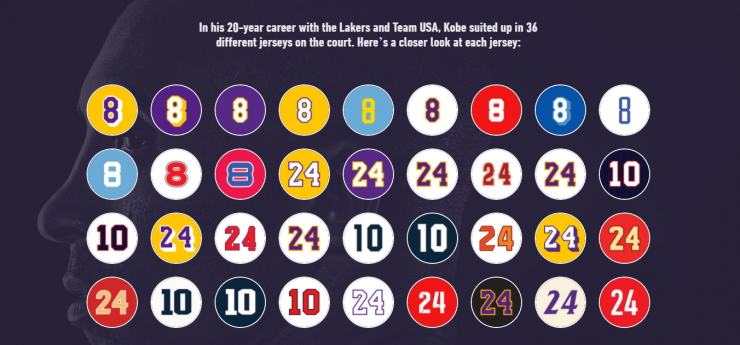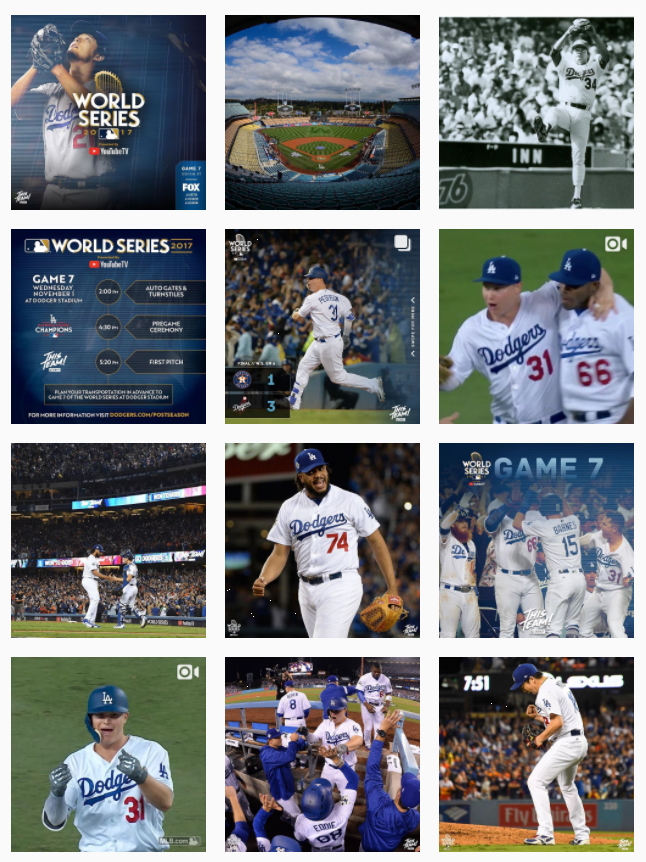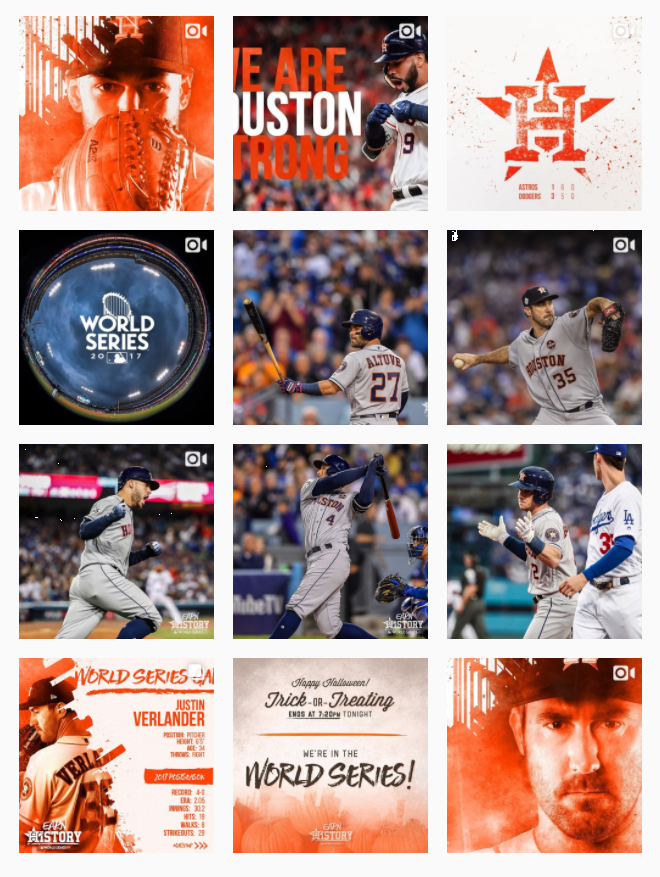This little blog all started because I didn’t know what a QR code was. I was in one of my first jobs out of college, working for a small organization as a digital marketing & outreach coordinator. Working for a small organization early on was the best thing for me. It meant big projects, no matter your title. I managed our website and its redesign, email marketing, social and the online component of our youth program. I loved the job, learned a ton and knew digital was where I wanted to be.
But working for a small organization also meant I wasn’t part of a robust marketing team. We all wore multiple hats and had crazy workloads, which made it harder to keep up with trends (or to stop, pause and think). This became extremely evident one day I was talking to a friend in the industry and he mentioned QR codes. And, I had no idea what he was talking about. While I was learning a lot in my current role, it wasn’t a priority to keep up with the industry. It was then that I had this “ah-ha” moment that if I wanted to work in digital I had a find a way to hold myself accountable to be in the know.
I’ve always loved writing, analyzing, thinking and thought a blog would be a good vehicle to keep up with the trends. So finally, a couple years after that QR conversation, Social ‘n Sport became a thing. The end of 2017 wraps up my fifth year of writing. As we head into 2018, I wanted to reflect on a few things this blog has taught me.
Do it for you.
Passion projects like this have to come from a place of purpose within. When I started this blog years ago, I was writing for myself. The only intention and purpose was to myself better. There was no pressure to get readership, make money or land a job.
Fast forward to today, and this blog has opened more doors than I could ever have imagined. But, even today, there is no pressure. I write because I enjoy it. I write because it makes me better at my job. And, I happen to be lucky enough that you all enjoy some of my ramblings too. If there ever comes a time when the blog isn’t enjoyable anymore, then I’ll shut it down.
We all are busy. We all have to prioritize or we’ll burn out. If you decide you want to take on something new, do it because you enjoy it first. The opened doors will follow.
Putting yourself out there is scary.
Most of us have some self doubt. Yes, sharing your thoughts is scary. You open yourself up to criticism. But the worst thing that’s ever happened to me is getting trolled by @Four_Pins for a tweet. And, I present it to you for a good laugh:
https://twitter.com/Four_Pins/status/926110271034351616
In work and in life we have to get comfortable with the uncomfortable. Step up to the plate and take on something new. Put yourself out there and open yourself up to feedback. That’s the only way we continue to grow.
People value perspective.
While putting yourself out there is scary, people value perspective. And I have found the more I share perspective AND listen, the more respect is gained. Not everyone will agree with you all the time, but providing a point-of-view gets discussions, debates and dialogues going. That’s critical for teams.
Putting yourself out there grabs people attention, whether it’s in a meeting or online. Sitting back won’t get good work and thinking noticed, so don’t be afraid to push. Bring your voice to the table. Establish yourself as a thought leader.
There will be naysayers.
Inevitably, you are going to meet people throughout your career or in life who don’t like what you do. Plain and simple. It’s not personal, so don’t take it personally. If you put yourself out there, you’re bound to find one or two people who will try to tear you down. Brush it off and move on.
Build bridges.
Doors open, but it’s up to you to build the bridge to turn a contact into a relationship. Your network is only as a strong as the actual relationships you have. It’s about building relationships with people that would truly go to bat for you and vice versa. This idea of building bridges is a constant work in progress for me. It takes time and effort, but in 2018, I hope I get to know a lot more of you personally.
I laugh about about the QR story now, but looking back, that was a pivotal moment for me. It was pivotal because this blog and this community has made me a better employee, teammate, leader and marketer.
I want to say thank you for all your kind words, encouragement and help over the years. I’m thankful to work in this industry with so many talented and gracious people. Thanks for making this passion project 1000x more fun! If there’s anyway I can ever lend a hand to you, please don’t hesitate to reach out: [email protected].
Thanks as always, for reading.



